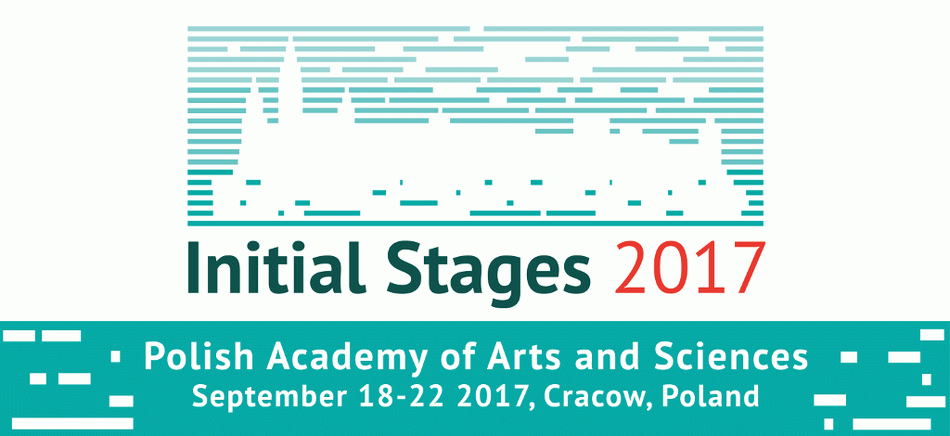Speaker
Description
The color glass condensate (CGC) description of a high energy proton or nucleus, based on stong classical color fields, provides a way to understand the initial stages of a heavy ion collision in first principles QCD. In order to make this description quantitative, the color fields have to be studied by probing them with dilute probes. This talk concentrates on the description of two such dilute-dense processes: particle production in forward rapidity proton-nucleus collisions and the total deep inelastic scattering cross sections. The CGC description of these processes is currently advancing to next-to-leading order accuracy in the QCD coupling. In both cases the NLO calculation poses similar challenges. Most importantly the leading high energy logarithm that manifests itself in a "rapidity divergence" needs to be absorbed into a BK renormalization group evolution of the target in a way that avoids oversubtracting. Another challenging aspect is to develop a running coupling scheme that can be used to consistently describe both processes, which is made difficult by the fact that to relate the two one needs to pass between momentum and coordinate space. This talk will discuss the recent progress in these very closely related calculations.
